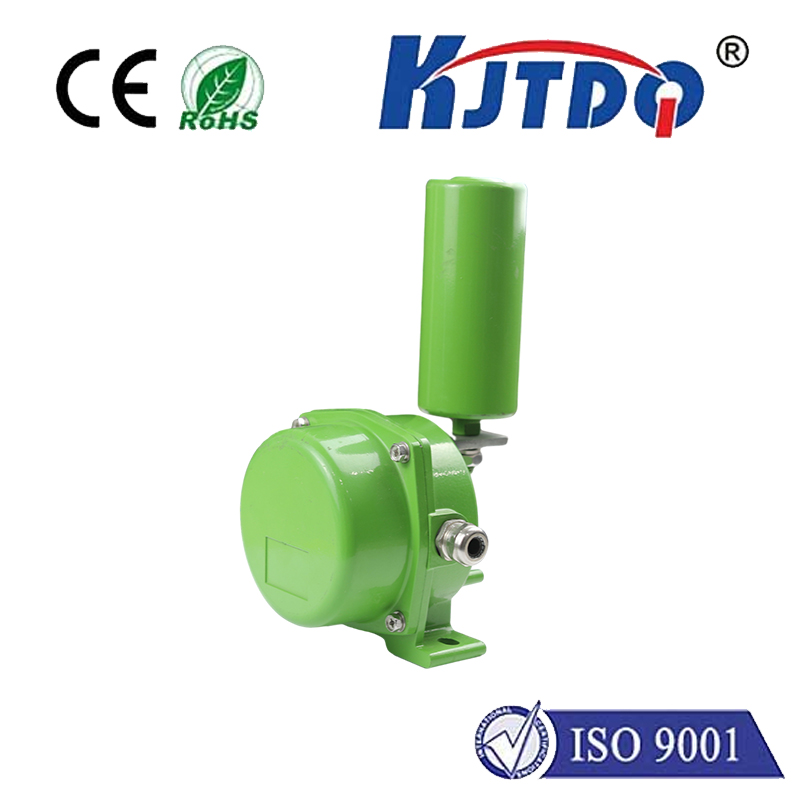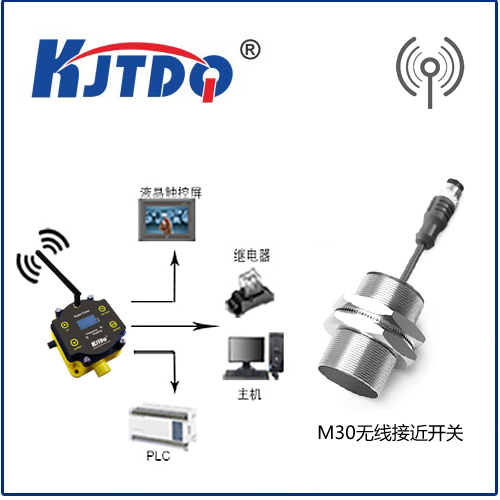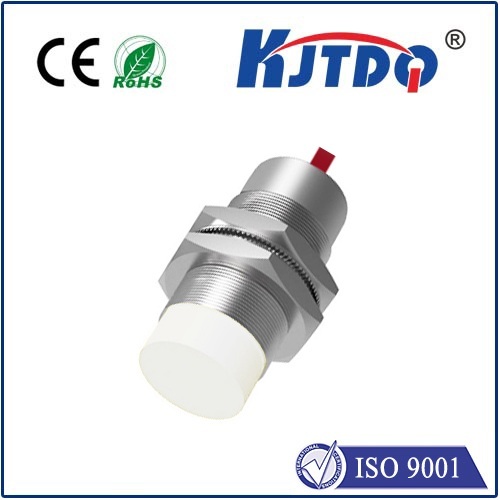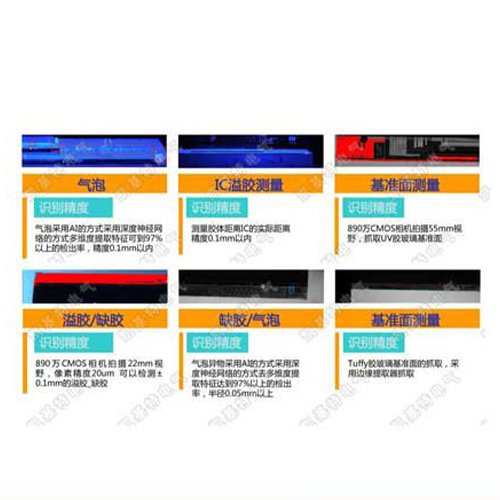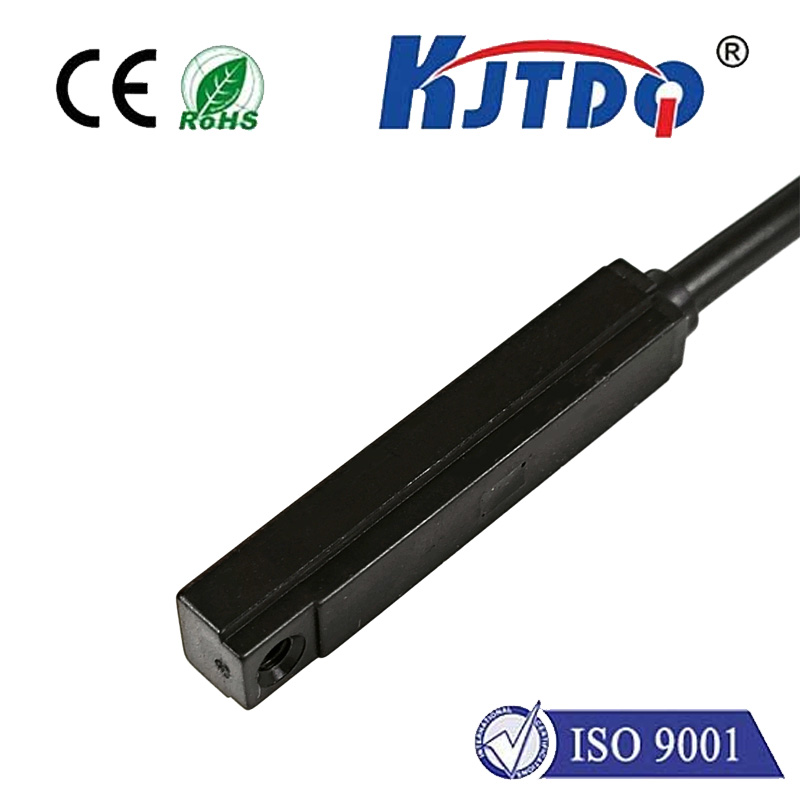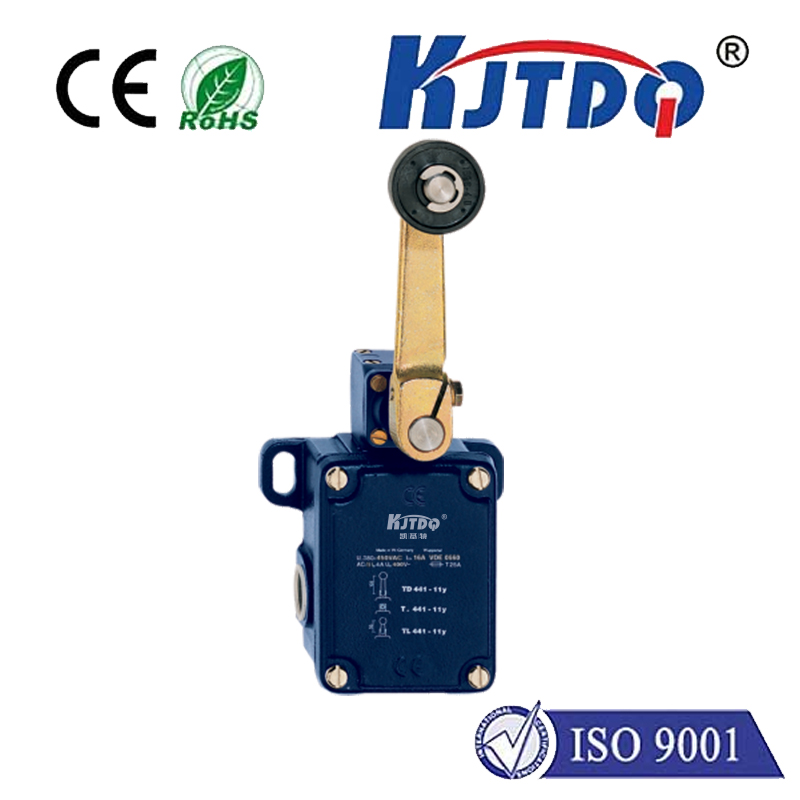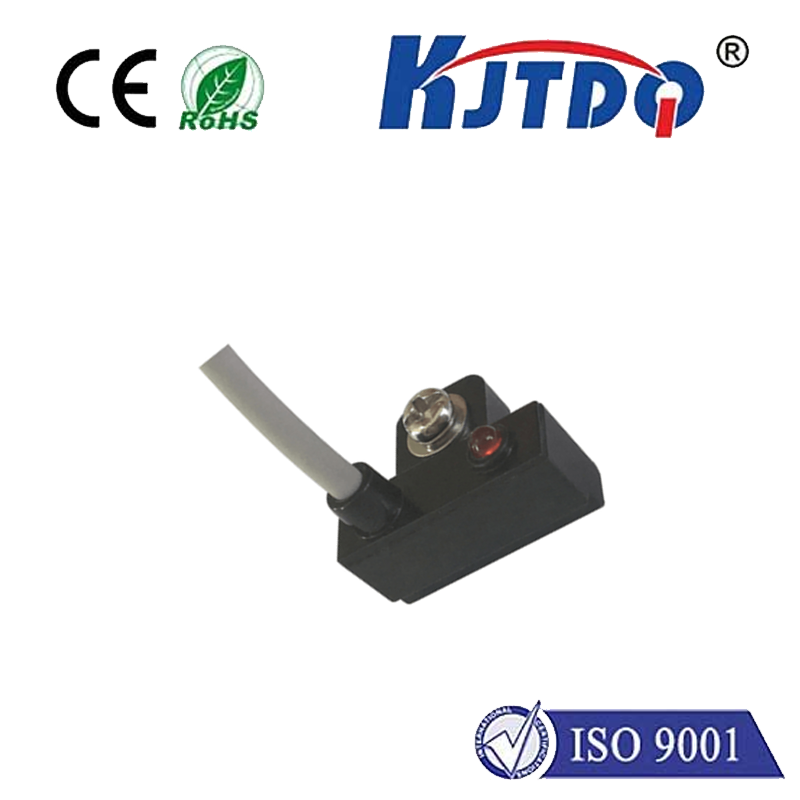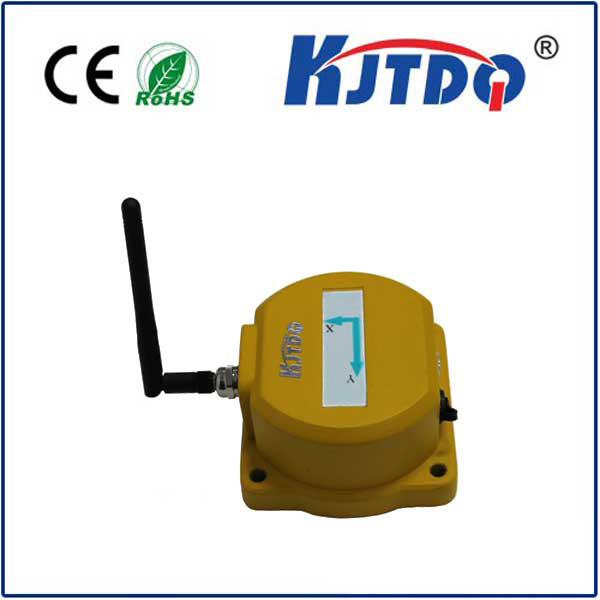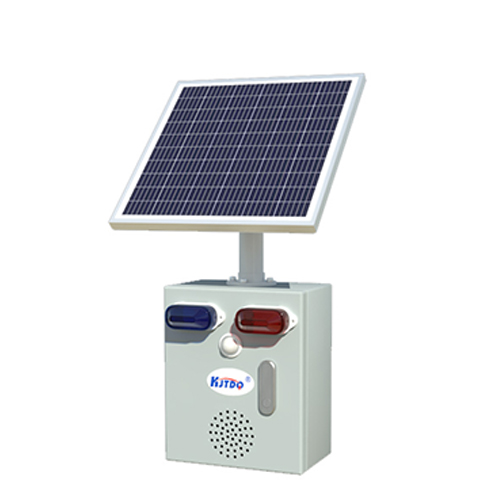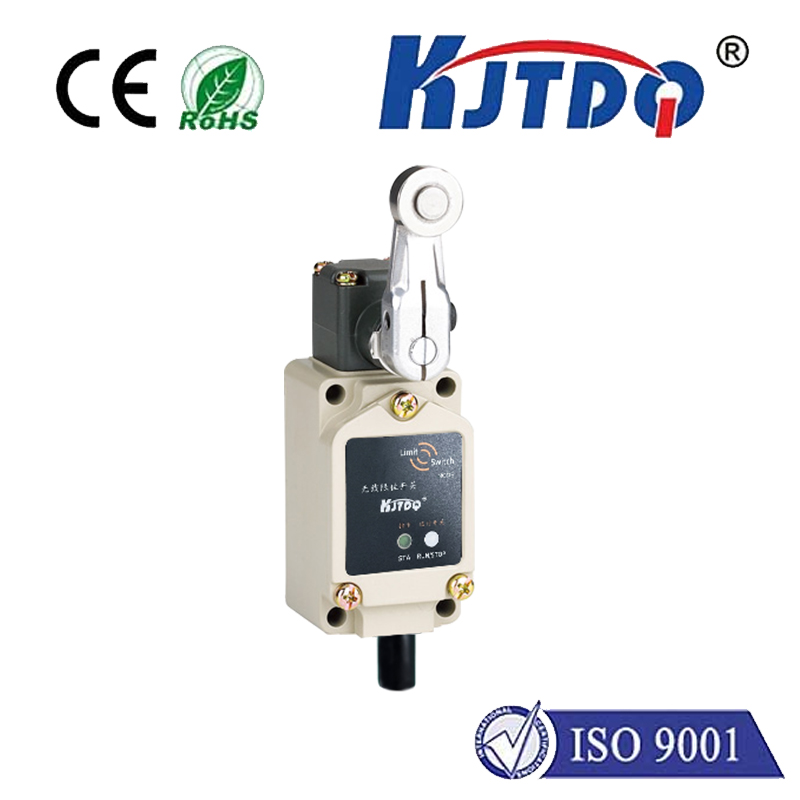

check

check

check

check
Imagine a bottling plant where every container must be perfectly filled, sealed, and labeled, hurtling down the line at breakneck speed. Or picture a robotic arm assembling intricate electronics, needing flawless positioning to place microscopic components. What makes this high-speed, high-precision dance possible? Often, it’s the unseen heroes: Autonics sensors, the critical eyes and fingers of modern industrial automation.
Autonics, a globally recognized leader in automation components, has built its reputation on delivering robust, reliable, and highly accurate sensors. Their extensive range addresses virtually every sensing challenge encountered on the factory floor, from detecting the presence or absence of objects and measuring distances with laser-like accuracy, to monitoring temperatures, pressures, flow rates, and even precise positioning. Choosing the right Autonics sensor means integrating a component designed for long-term stability and performance in demanding industrial environments, directly contributing to operational efficiency and minimized downtime.

Understanding the core functionality of Autonics sensors is key. Fundamentally, these devices detect specific physical phenomena – a metal part passing by, a liquid level rising, a shaft rotating, or temperature fluctuations – and convert this detection into an electrical signal suitable for control systems like PLCs. This signal acts as the essential input, triggering actions: starting a conveyor, activating a welder, sounding an alarm, or adjusting a process parameter. Photoelectric sensors, for instance, use light beams to detect objects irrespective of material (within constraints), making them ideal for presence detection, counting, or even color differentiation. Proximity sensors, particularly inductive types specialized for metal detection, operate without physical contact, offering incredible reliability and longevity for position sensing on machinery. Temperature controllers and thermocouple sensors ensure processes stay within critical thermal boundaries. Rotary encoders provide ultra-precise positioning and speed feedback for servo motors. Each Autonics sensor type is meticulously engineered for its specific role within the automation puzzle.
The true value proposition of Autonics sensors lies in their contribution to uncompromising precision. In automated assembly, a photoelectric sensor detecting a component just millimeters out of place can prevent a cascade of errors and defective products. A high-resolution encoder ensures a robotic arm moves to the exact micron-level position required every single time, guaranteeing consistent quality. This precision directly translates to reduced waste, higher yields, and consistent product quality. Furthermore, the inherent reliability of Autonics components minimizes unexpected stoppages. Built to withstand industrial rigors – vibration, temperature extremes, dust, moisture (often featuring IP67 protection or higher), and electrical noise – these sensors keep processes running smoothly. Reduced failures mean less maintenance intervention and significantly lower operational costs over the sensor’s lifespan. Integrating Autonics sensors is an investment in process stability and predictability.
Beyond raw performance in terms of precision and reliability, Autonics sensors are designed with the user in mind. Many feature intuitive setup mechanisms – simple push buttons for teach-in functions on distance sensors, clear LED indicators for status and alignment, and straightforward wiring configurations. This user-friendly design significantly reduces installation time and complexity. Furthermore, Autonics sensors often offer versatile output options (NPN, PNP, Analog, IO-Link) and form factors, making them adaptable to a vast array of existing control systems and mounting constraints. Features like self-diagnostic capabilities also aid in troubleshooting and preventive maintenance, providing early warnings of potential issues before they escalate into costly failures. This combination of ease of deployment and built-in intelligence further enhances their value proposition.
The integration of Autonics sensors is fundamental to achieving seamless automation. They provide the critical real-world data that allows sophisticated control systems to make intelligent decisions and execute complex sequences with high reliability. Whether it’s ensuring perfect filling levels in packaging, verifying the correct orientation of parts before welding, precisely controlling the temperature in a plastic molding machine, or guaranteeing the accurate speed of a conveyor belt, Autonics sensors deliver the precision feedback essential for optimal performance. Their robust construction ensures consistent operation even under continuous use in challenging conditions, solidifying their role as indispensable components for manufacturers striving for peak efficiency, product quality, and cost control.
In an industrial landscape where precision, speed, and uptime are paramount, the choice of sensing technology is non-trivial. Autonics sensors, through their diverse portfolio, proven reliability, exceptional accuracy, and user-centric design, empower engineers and technicians to build and maintain automation systems that consistently meet these demanding goals. They are not just components; they are the foundation upon which efficient, high-quality, and profitable automated manufacturing is built.
